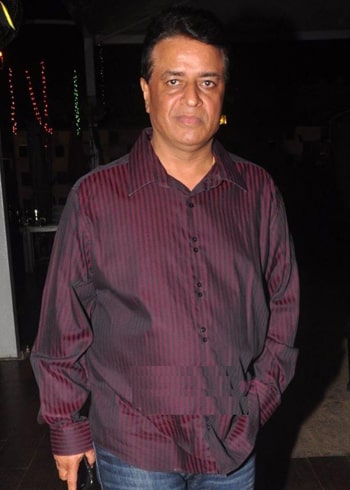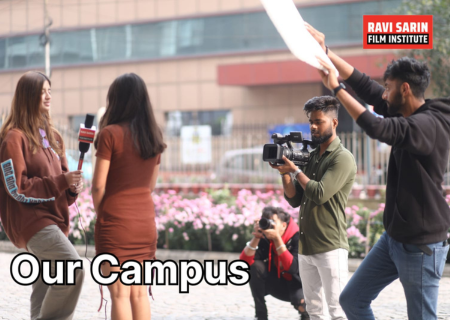Diploma in Visual Communication
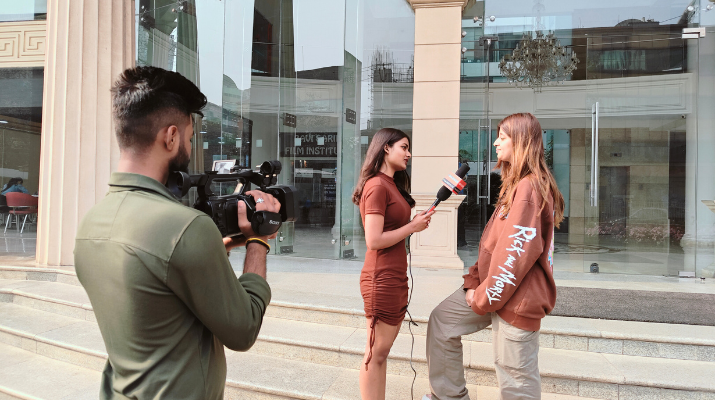
Our Top Recruiters
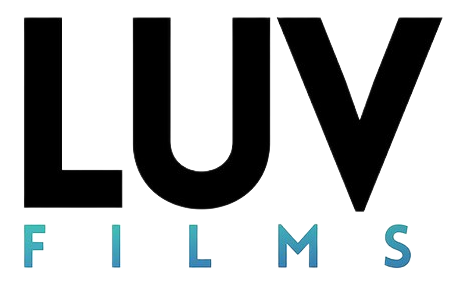
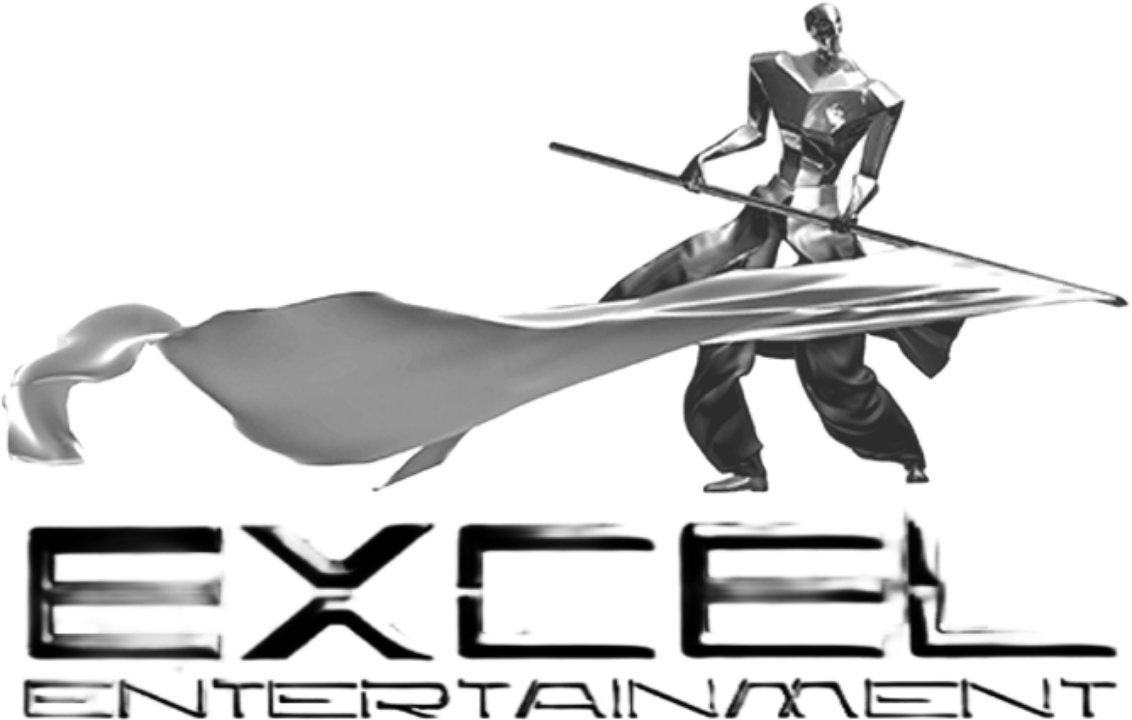
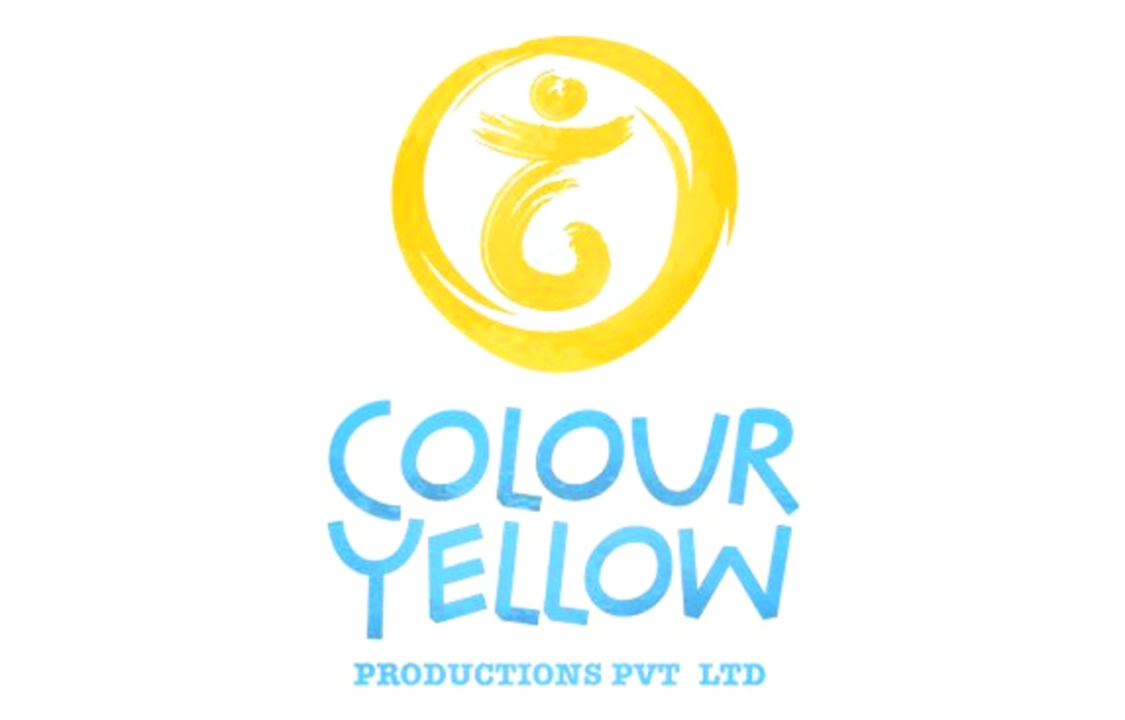



Diploma in Visual
Communication
and TV programs through a series of in-depth case
studies and analysis. Dive into the world of film and TV
production with hands-on experience in acting, camera
operation, lighting techniques, and post-production editing.
Develop a comprehensive understanding of the aesthetic
elements of writing for film and TV mediums, and learn
how to effectively communicate narrativesthrough
visual and sound inputs.
Key Learnings
- Learning the nuances of acting and drama
- Gaining knowledge about motion
picture cinematography - Learning the techniques of editing and
sound editing in films - Understanding the importance of makeup,
costume and sets
Course Projects
Our Syllabus
- Introduction to Natya Shastra and the basic and advanced elements of acting.
- Practicing how to control breathing, clarity of diction, and free voice exercises.
- Understanding how to deliver dialogues the right way.
- Understanding the importance of dance, music and yoga in acting.
- Acquiring knowledge about the basic elements of acting in front of the camera.
- Learning about different styles of dance like traditional Indian dance, western dance, and Bollywood dance.
- Understanding the importance of stress, pause, force, projection, tempo and rhythm in acting.
- Introduction to Stanislavskis method of acting.
- Learning how to play with expressions and emotions.
- Learning how to shoot for a monologue.
The early years of Indian cinema through screening, discussions and reviews.
- Learning the importance of movement in stunts and fights.
- Practicing advanced techniques of sound and audio like voice-over, narration and dubbing.
- Understanding the comedy genre and comic characterization.
- Viewing films from an actor point of view.
- Learning the importance of movement in stunts and fights.
- Practicing advanced techniques of sound and audio like voice-over, narration and dubbing.
- Understanding the comedy genre and comic characterization.
- Viewing films from an actor point of view.
MODULE I-
Introduction to Acting
- Understanding acting & elements
- Segments of Acting
- Techniques of Non-verbal communication
- Techniques of verbal communication
MODULE II-
Acting Versatile
- Yoga and Breathing techniques
- Music and Sound
- Dance and Movement
- Stunt and fight choreography
MODULE III-
Acting for Camera
- Acting for TV (Part- I)
- Acting for TV (Part- II)
- Acting for Films (Part- I)
- Acting for Films (Part- II)

















